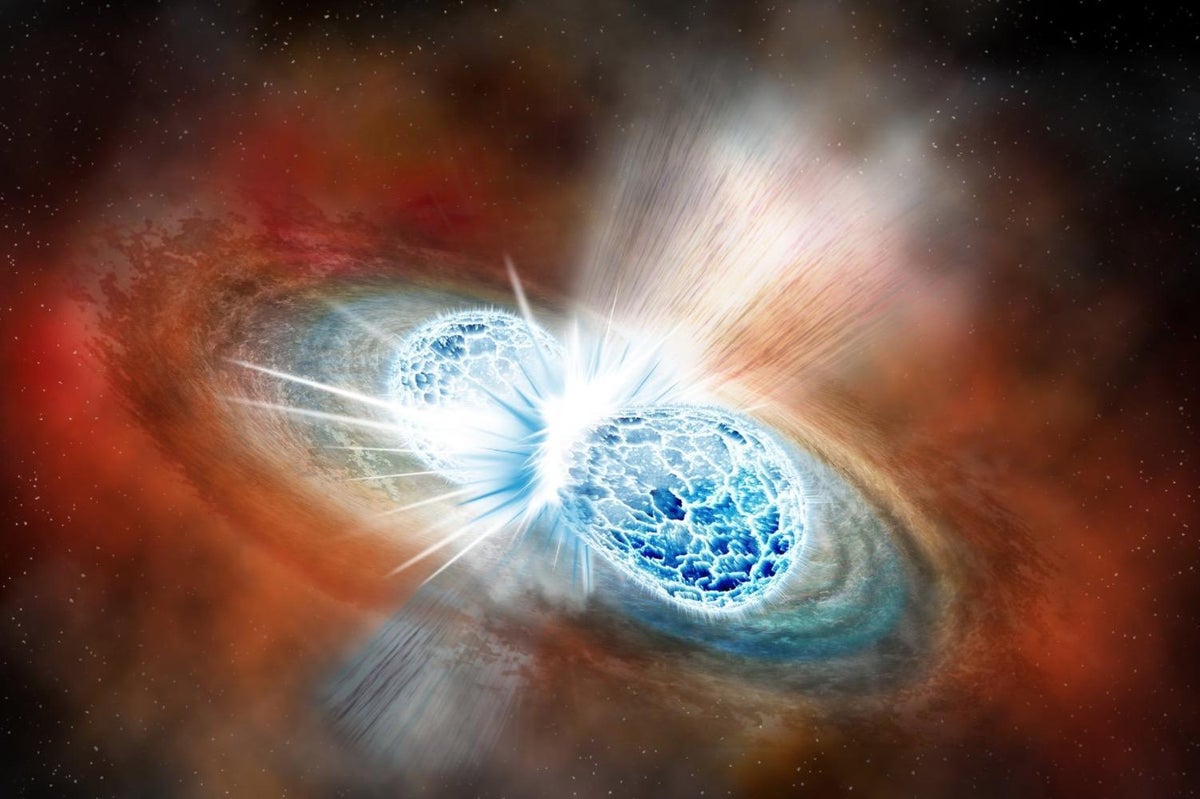Are we alone in the vast expanse of space, or are there other intelligent beings out there? The discovery of the star HD 139139 has left scientists puzzled, raising the question of extraterrestrial life. This star’s intermittent dimming is a mystery that scientists have been unable to explain fully. But what makes this star so enigmatic, and what could be behind its mysterious dimming?

HD 139139 is a G-type main-sequence star located about 350 light-years away from Earth in the constellation Libra. It is slightly larger and brighter than our sun and has been listed in some star registers under the name epic 249-706 694. It was discovered that the star experienced seemingly random dimmings in its luminosity, which were observed by the Kepler space telescope in 2017. This telescope measures light emissions from stars to detect passing exoplanets in obscurations. While the eclipses of stars have betrayed thousands of exoplanets, the eclipses are always periodic if they are the result of passing planets.

In the case of HD 139139, the periodic repetition of eclipses could not be observed, leaving astronomers puzzled about what cosmic event could be responsible for the fluctuations. For months, scientists continued to observe the strange star, but not even one remotely plausible explanation for the phenomenon could ever be found. No mathematical algorithm, and no other known dimming rhythm matched the patterns HD 139139 produced. The researchers announced that the unexplained light dips would appear as if generated at random.

However, further investigations revealed that HD 139139 is most likely part of a bound binary star system. The luminosity of the larger HD 139139 seems to outshine the light of the smaller star, which is probable that the second star is a red dwarf of Class 5 to 7, although this assumption is not absolute. So far, the presence of a twin star could not explain the luminosity changes of HD 139139.

The researchers tried to determine whether the star is orbited by exoplanets. According to calculations, the star system could have 14 or possibly as many as 28 exoplanets. However, the results that came out of these model calculations showed a very unlikely picture. If the exoplanets were the reason for the dimming, they would all have to be about the same size and orbiting their star in very tight orbits at virtually the same time. This is highly unlikely from gravitational forces alone. Astronomers know that planets in almost all systems are very far apart, otherwise they would influence each other too much, push them out of their orbits, or even collide. This explanation attempt soon had to be given up.

Therefore, researchers tried another explanation: a model calculation had shown that theoretically, a planet shortly before its dissolution could exhibit this type of darkening. However, this explanation did not prevail since plausible explanations for the reasons of the dimming were not found.

The mystery of HD 139139’s intermittent dimming remains unsolved, leaving scientists with more questions than answers. Could this be an indication of extraterrestrial life, or is there a natural explanation that we have yet to discover? Only time will tell. Meanwhile, scientists will continue to monitor this enigmatic star and search for answers to unlock its secrets.
VIDEO:
…





